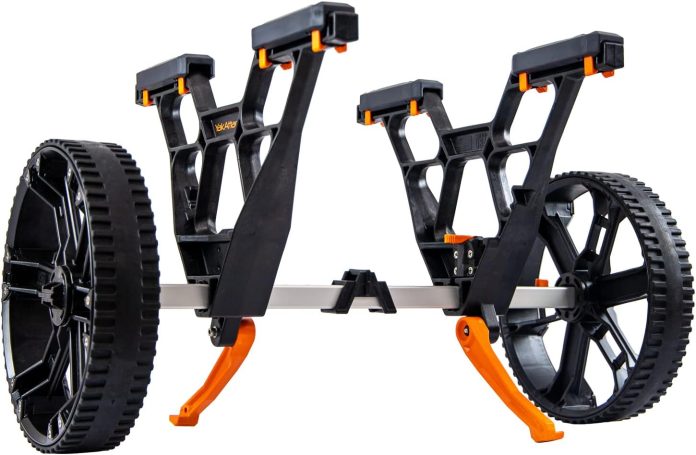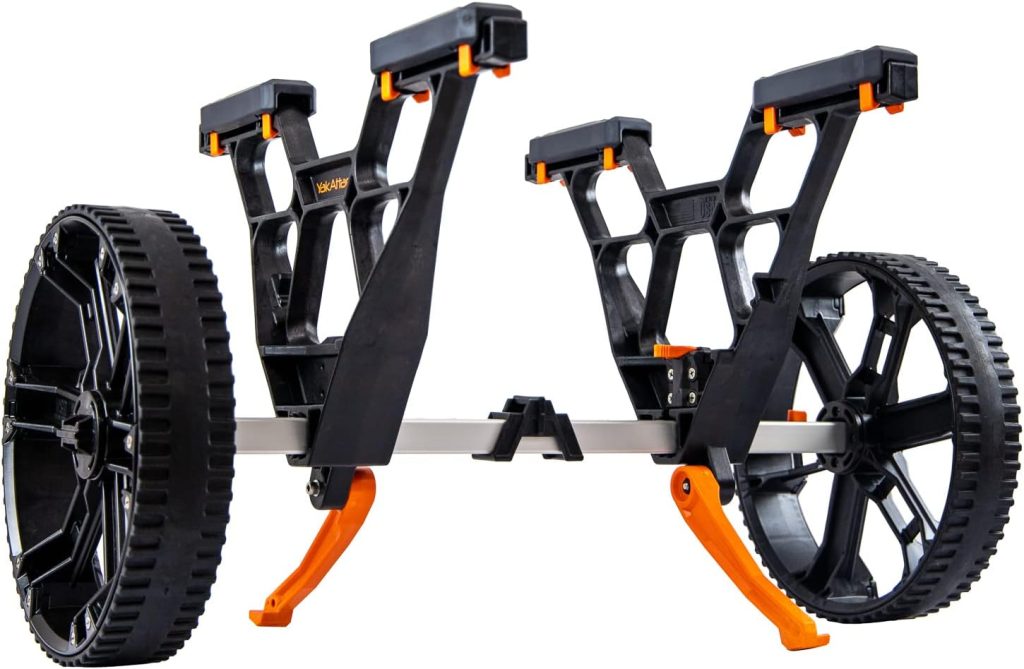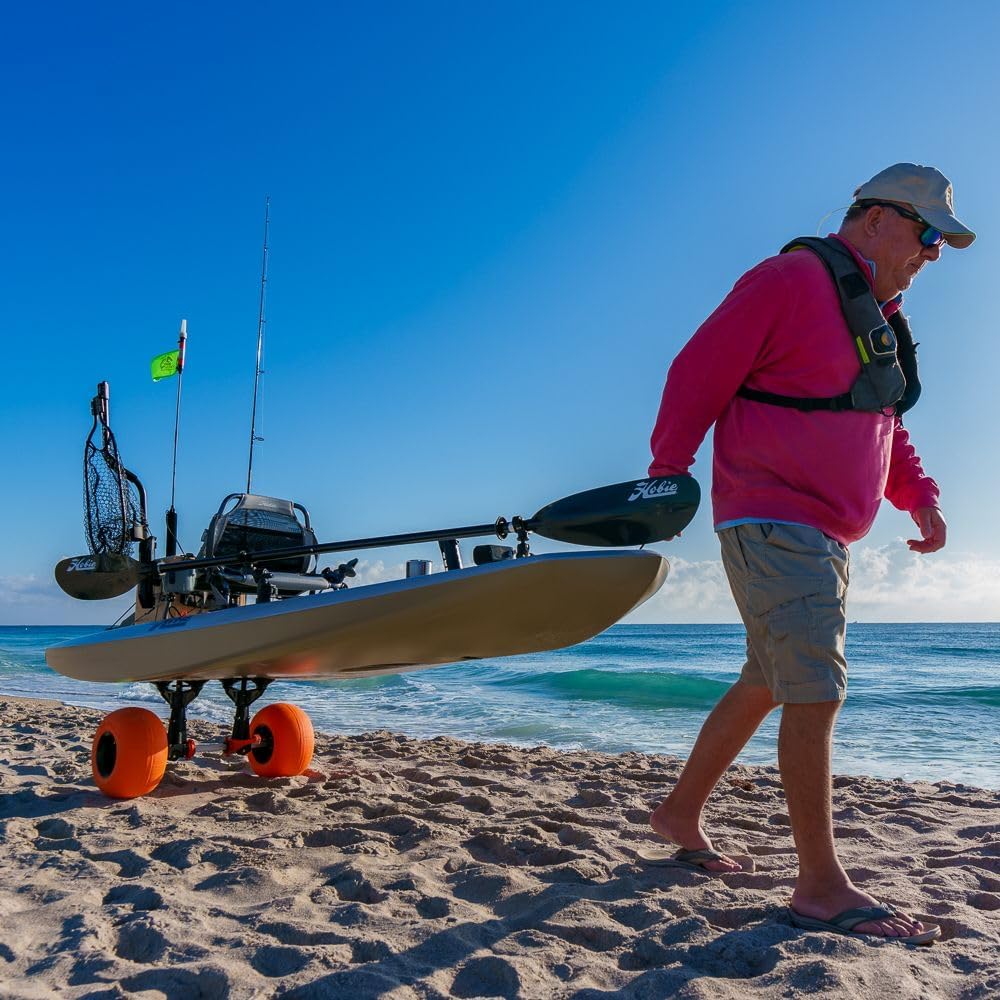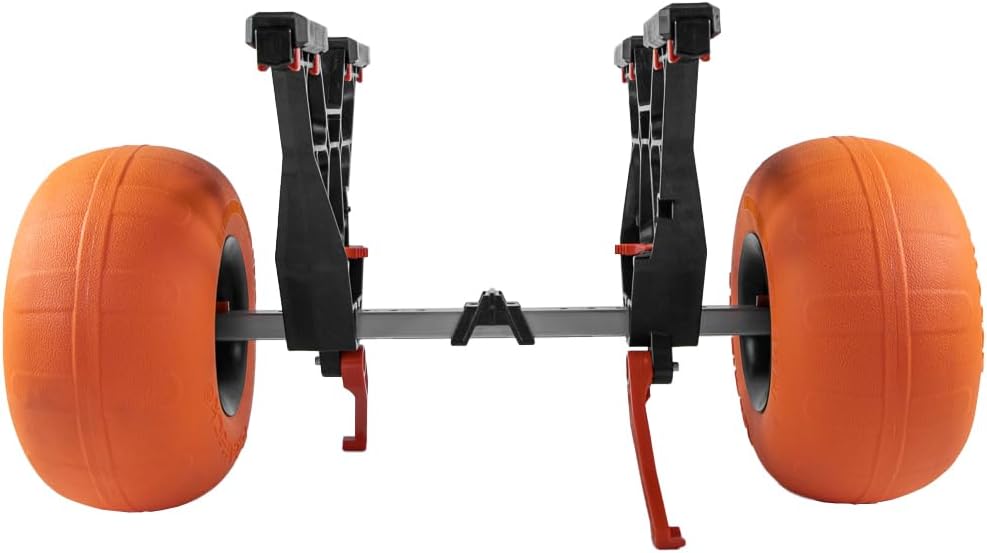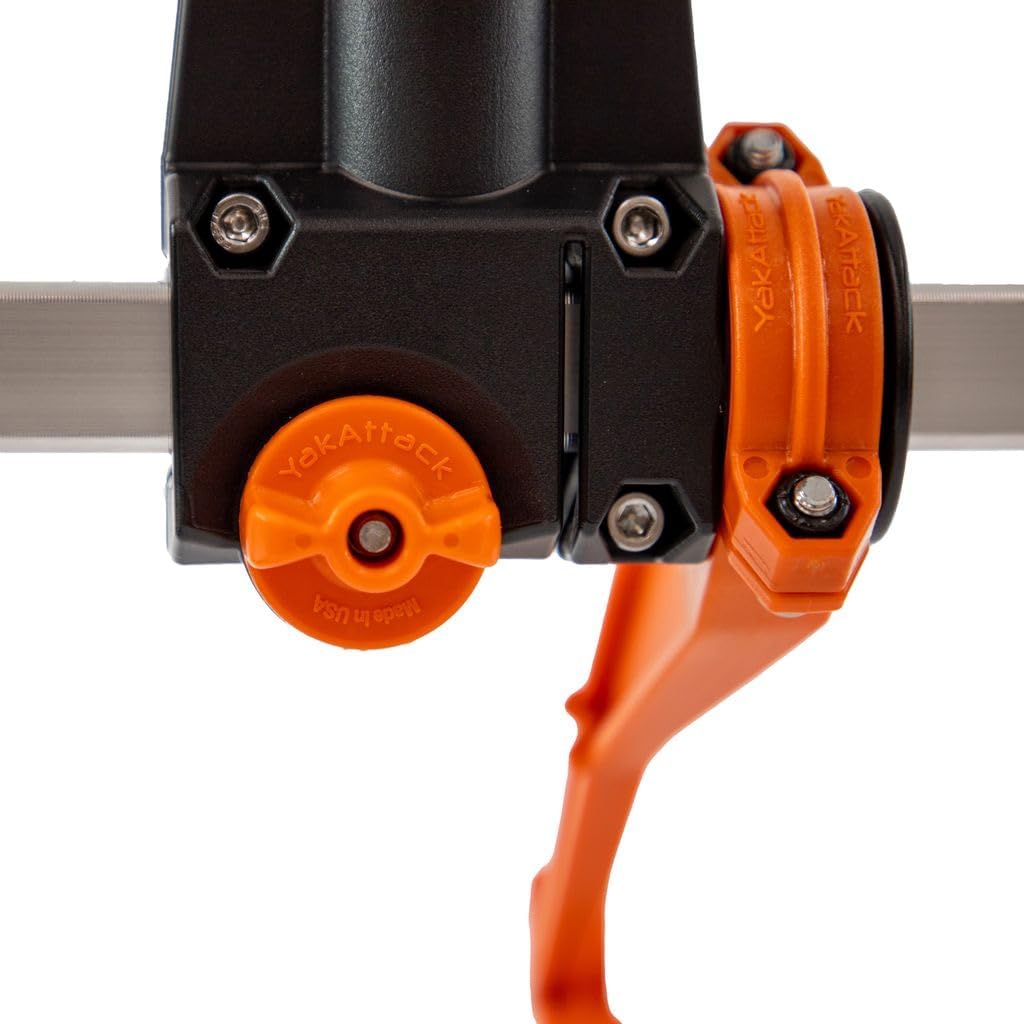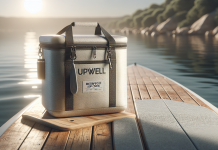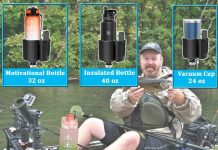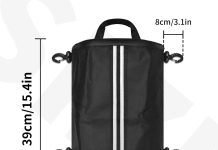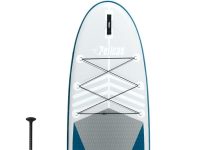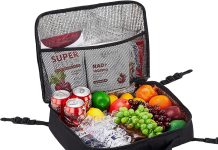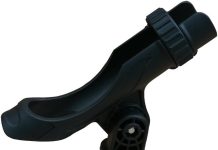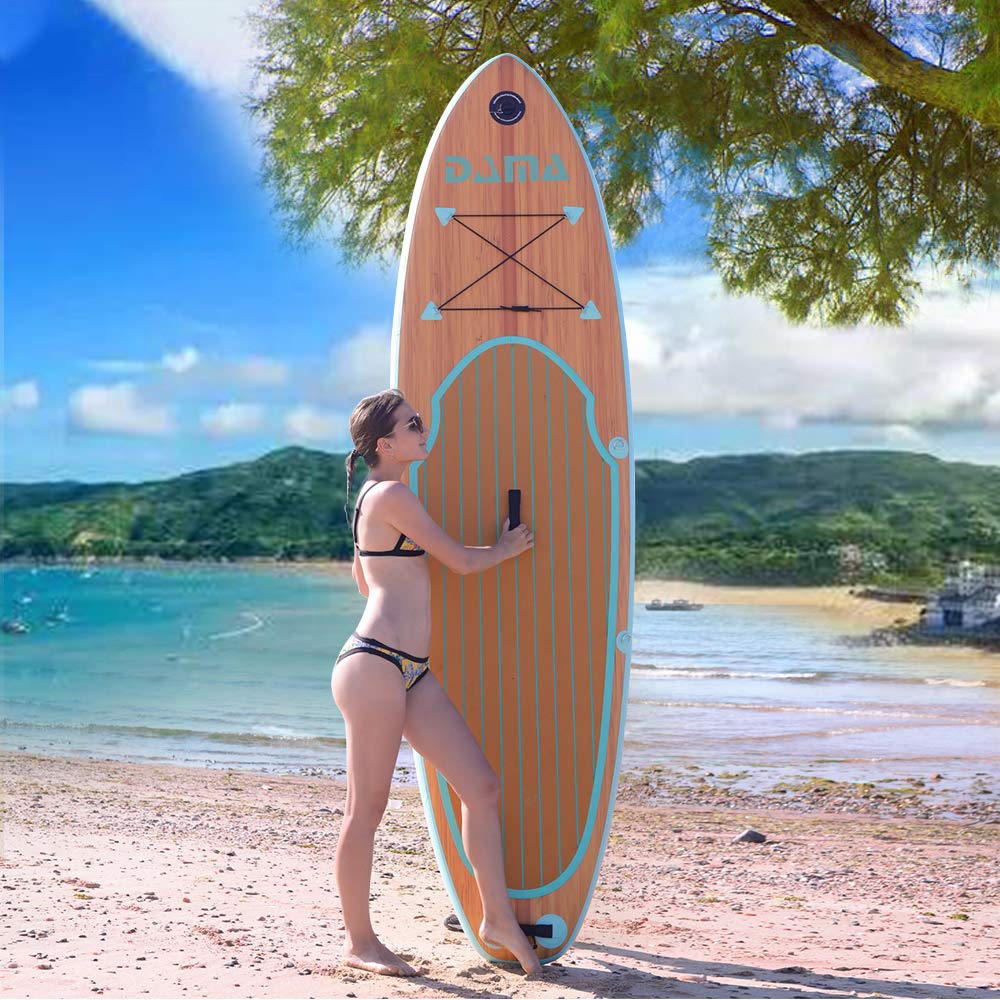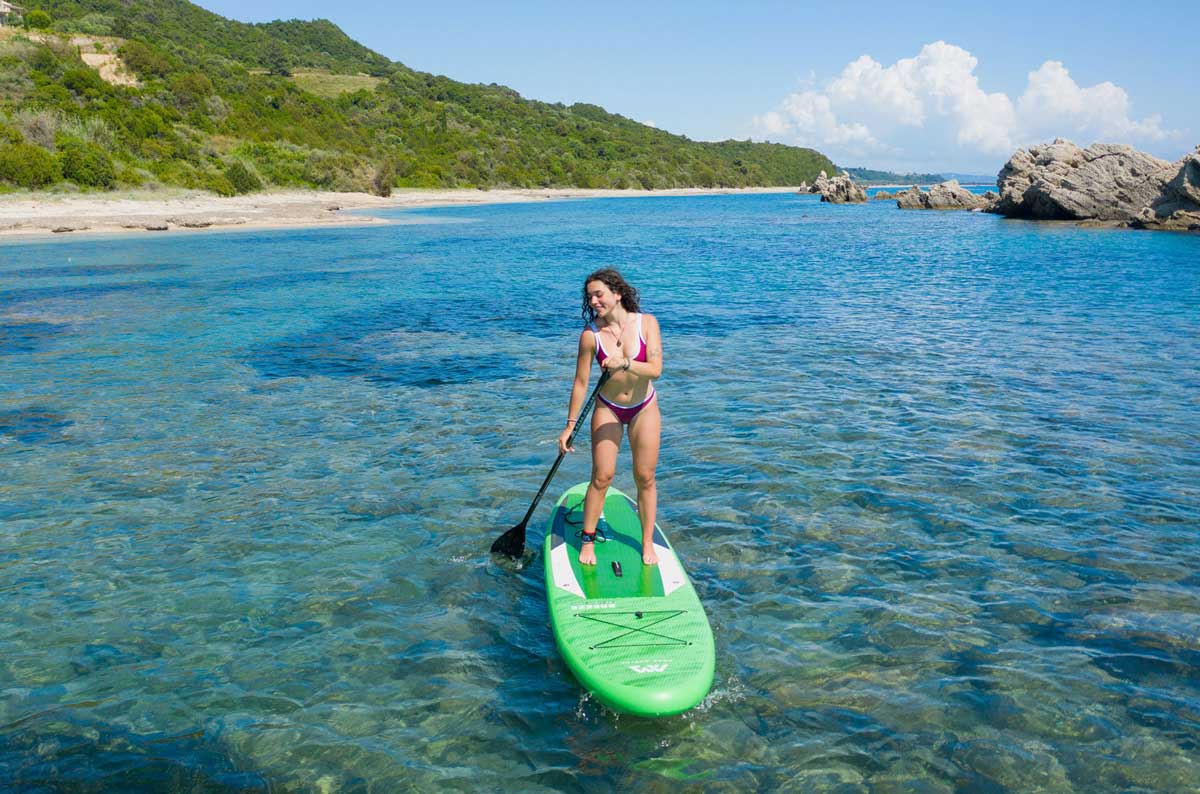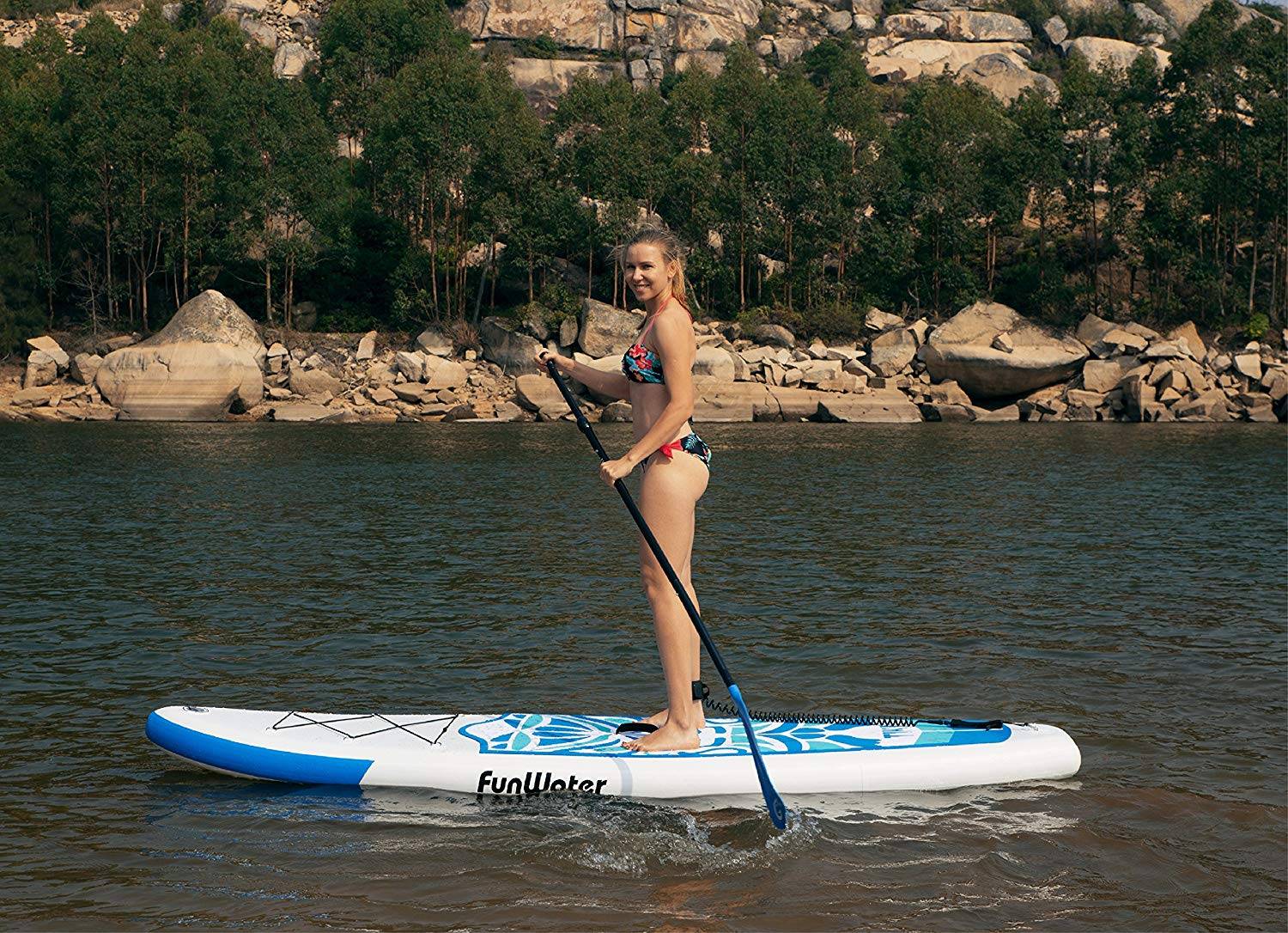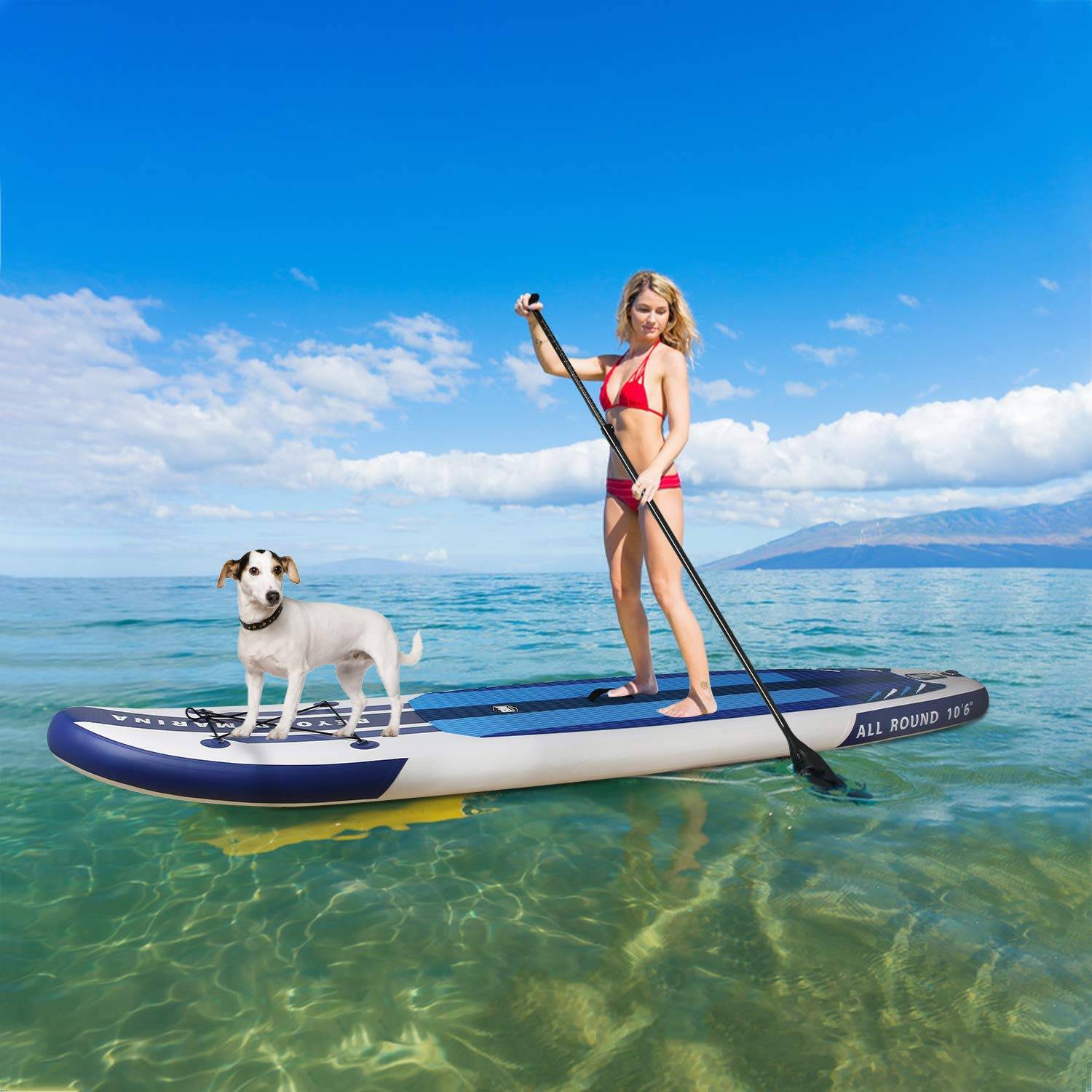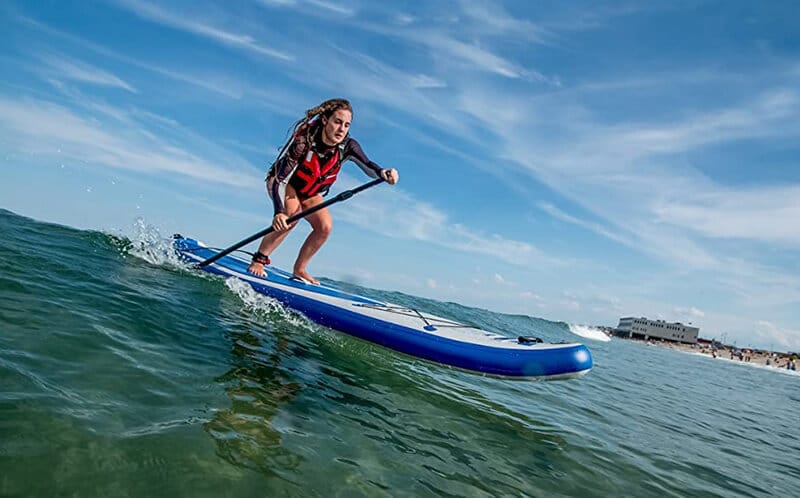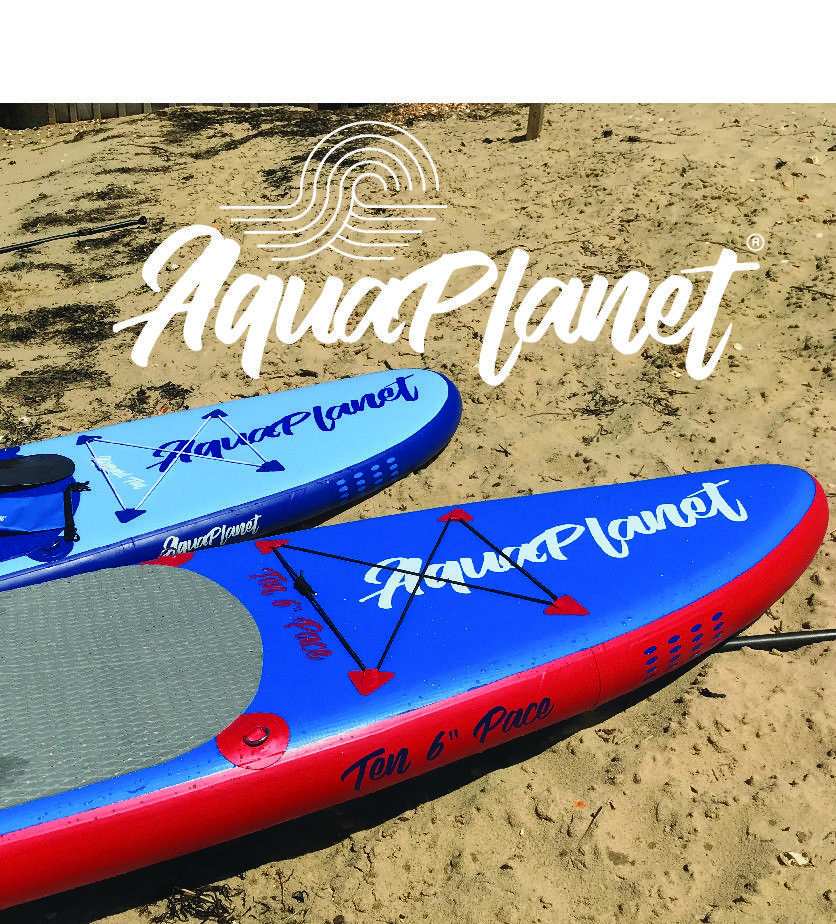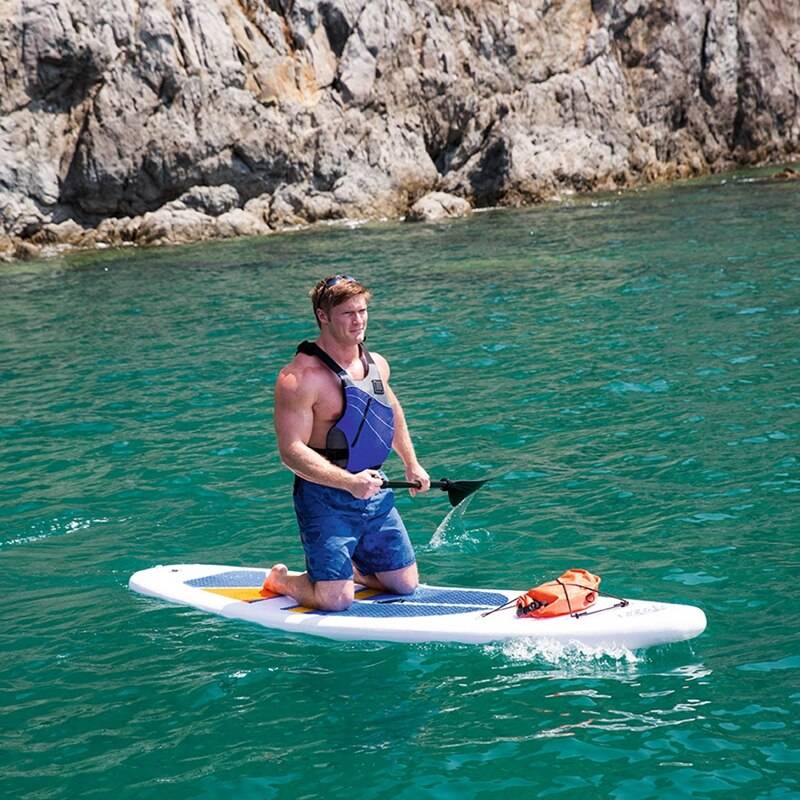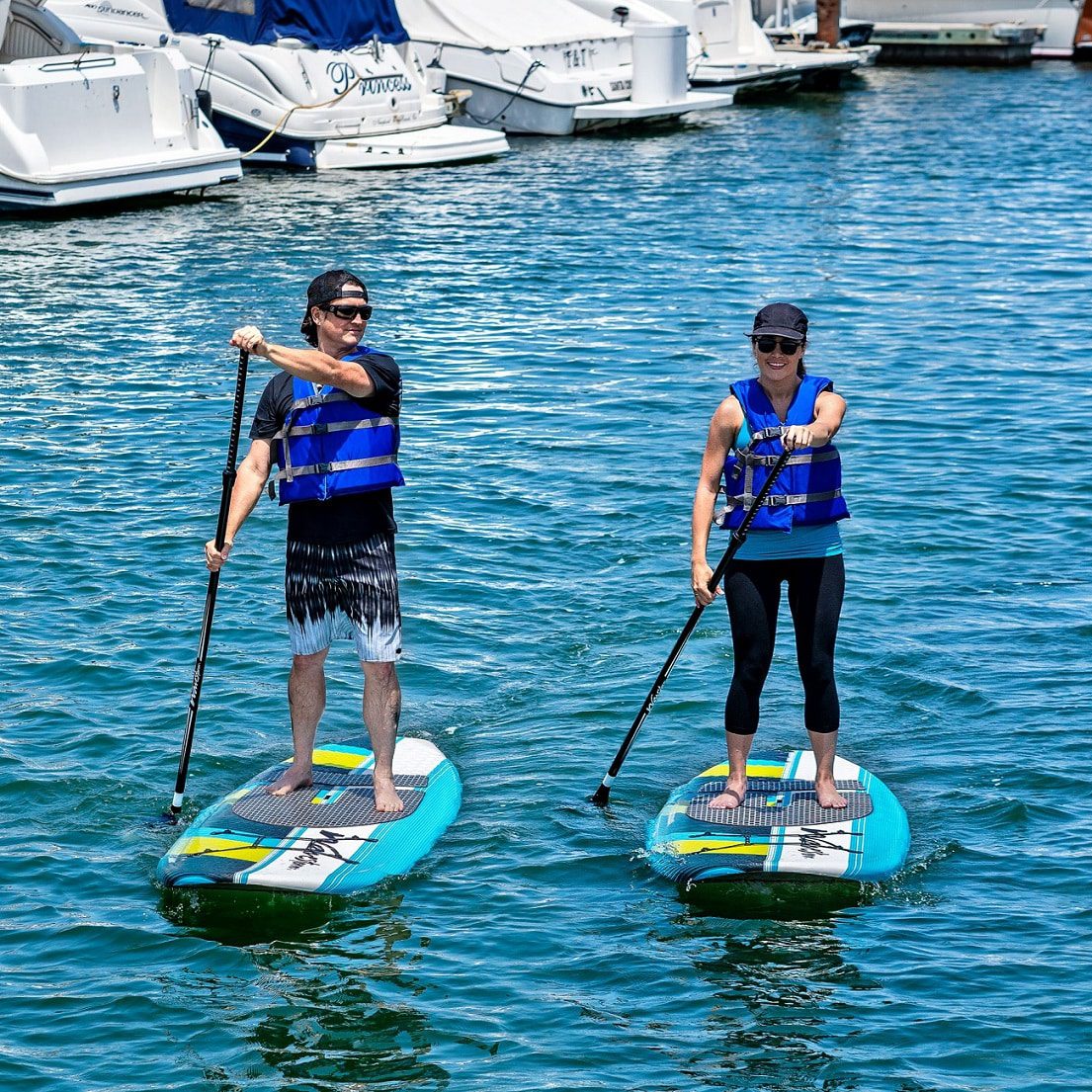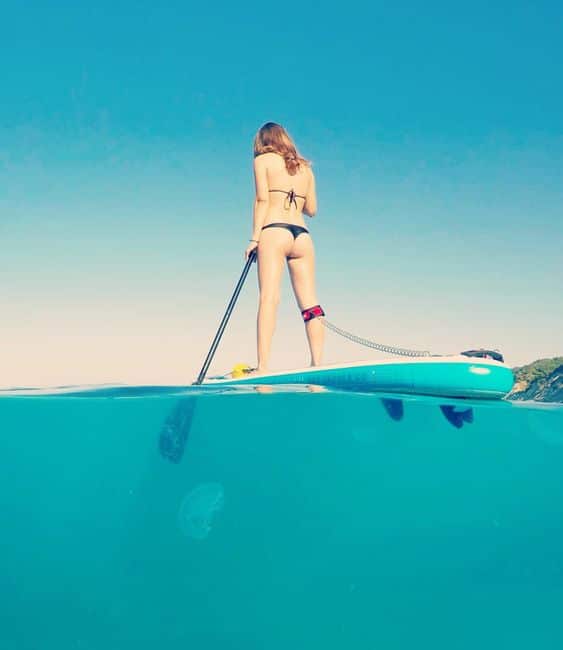? Have we found a kayak cart that balances rugged performance, adaptability, and everyday convenience?
YakAttack Kayak Carts with Adjustable Frame & Wheel Options | All-Terrain, Sand & Solid Tire Variations | Durable Folding Transport System for Kayaks & Canoes | Made in USA
We’re going to look closely at the YakAttack Kayak Carts with Adjustable Frame & Wheel Options and explain how they perform in real-world conditions. Our review covers build, setup, on-trail performance, sand use, maintenance, and whether this cart is worth the investment for paddlers of different needs.
Quick overview of what this cart is and who it’s for
We see this product positioned as a universal, heavy-duty kayak cart that adapts to a wide range of hulls and terrain types. That makes it a strong candidate for paddlers who routinely move boats across parking lots, beaches, or uneven trails without relying on a vehicle at every step.
YakAttack Kayak Carts with Adjustable Frame & Wheel Options | All-Terrain, Sand & Solid Tire Variations | Durable Folding Transport System for Kayaks & Canoes | Made in USA
Key specifications and features
We’ll summarize the main specs so you can see the technical highlights at a glance. This also helps when comparing to other carts on the market.
| Feature | Specification / Description |
|---|---|
| Compatibility | Fits most kayaks, SUPs, and canoes; adjustable bunk spacing 6.25″–16″ |
| Weight capacity | 450 lbs (flat surface), 300 lbs (rugged trails), 200 lbs (over 5″ drops) |
| Materials | Anodized aluminum frame, stainless steel hardware, UV-resistant polymers |
| Wheel options | All-terrain, sand, and solid tire variations available |
| Collapsible | Tool-free disassembly into five compact parts |
| Storage | Fits inside most kayak hulls when disassembled |
| Extra features | Dual kickstands, six bunk positions, rubber bumpers, multiple tie-down points |
| Origin | Made in USA |
How those numbers translate to real use
We appreciate that the weight ratings differentiate flat and rugged terrain capacities, which helps set realistic expectations for loaded trips. The adjustable bunk spacing and different wheel choices let us tailor the cart to specific hull shapes and surface conditions.
Design and build quality
We find design and materials to be where this cart earns much of its value. The construction feels thoughtful and purpose-driven rather than trying to be minimal.
Materials and corrosion resistance
The use of anodized aluminum for the frame, stainless steel hardware, and UV-resistant polymers means we don’t worry about common coastal or lake environments. That combination is robust against rust, salt spray, and sun exposure when reasonably cared for.
Frame, adjustability, and fit
Adjustable bunk spacing from 6.25” to 16” lets us configure the cart to cradle narrow sit-on-top hulls or wider canoe sections without shimmying. The six bunk positions and rubber bumpers let us dial in the contact points so the kayak sits level and secure during transport.
Wheels and modular options
One standout is the wheel variety: all-terrain, sand, and solid tires. That flexibility allows us to swap wheels based on where we’ll be moving our kayak — a big advantage over fixed-wheel carts. The hubs and axles feel sturdy, and the changeover is straightforward.
Performance in different conditions
We tested the cart across multiple typical paddling surfaces to see how wheel options and build choices matter.
Flat surfaces (parking lots, docks)
On pavement and concrete, the cart rolls easily with minimal wobble when the bunk spacing is correct. The 450 lb flat-surface rating provides confidence when carrying heavy fishing kayaks, loaded touring boats, or tandem canoes for short distances.
Sand and beach use
When we swapped to the sand tires, the cart glided over packed and soft sand much better than narrow wheels. The sand-specific wheels significantly reduce the push force required, and the frame’s center of gravity stays manageable even with gear aboard.
Rugged trails and uneven ground
On packed dirt, gravel, and uneven forest trails, the all-terrain wheels proved best. The 300 lb rating on rugged trails is realistic: we can handle moderately heavy loads, but extreme weight plus technical terrain will need extra caution or help. The dual kickstands help keep things stable while we load on uneven surfaces.
Overdrops and step-offs
The cart lists 200 lb capacity for 5″ drops, which reflects the stresses on the axles and frame. We tested a few small curbs and step-offs; when lightly loaded it handled them fine, but we recommend lowering weight or using a short carry for repeated or larger drops.
Stability and handling while moving
With properly positioned bunks and secure tie-downs, the kayak remains balanced and doesn’t twist on the cart. The rubber bumpers and multiple tie-down points help prevent hull damage and shifting during transport.
Setup and assembly
We value products that save time and frustration at the put-in. This cart’s tool-free approach earns points for quick deployment.
Tool-free collapsible design
The cart disassembles into five pieces without tools and snaps together quickly when we need it. That makes it easy to stow inside many kayaks or store in a vehicle hatch.
How to fit different hull shapes
Adjusting bunk spacing and the six positions is intuitive. We slide the bunks along the frame and lock them in place; once we set the spacing to match the hull width, the kayak seats firmly. The design is forgiving for odd hull shapes — from round poly hulls to warped or asymmetrical reconditioned boats.
Time to assemble and pack away
From bag to rollout we typically take under five minutes to assemble the cart and have the kayak loaded, once familiar with the steps. Packing into the hull takes about the same time; we’ve fit the disassembled cart inside touring and sit-on-top hulls with some planning for gear placement.
Portability and storage
For paddlers traveling by car, bike, or even foot to launch points, portability matters as much as load capability.
Collapsible size and stowage options
When disassembled into the five parts, the cart fits inside many kayaks and trunks. The parts are relatively lightweight and balanced for carrying by hand if needed. This compactness removes the need for external racks in many cases.
Weight and transport of the cart itself
The choice of anodized aluminum keeps the cart light enough that we can handle the pieces without strain. While the complete cart isn’t featherlight, its weight is appropriate for the durability and capacity it offers.
Using it with roof racks or vehicle trunks
We’ve transported the cart on roof racks, in trunks, and inside SUVs. If we plan multiple launches on a trip, we prefer storing it inside the kayak to avoid unpacking and repacking from the vehicle.
Maintenance and longevity
We think of maintenance as minimal but important for long-term reliability, especially in marine environments.
Cleaning after saltwater and sand use
Rinsing with fresh water after salty or sandy outings prevents grit and salt buildup. The anodized finish and stainless hardware reduce corrosion risk, but regular rinsing and periodic inspection keep the moving parts smooth.
Recommended inspections and lubrication
We check axles, wheel hubs, and fasteners before season start and after hard outings. A light, marine-grade grease on axles and a quick anti-corrosion spray on hardware after extended salt exposure will prolong service life.
Replacement parts and serviceability
Because the cart uses common materials and modular parts, we can replace wheels or hardware without specialized tools. YakAttack’s parts availability and straightforward design make repairs approachable.
Use cases and suitability
We want to clarify scenarios where this cart shines and where it may be less appropriate.
Solo paddlers with short carries
For short carries from parking to water, the cart is perfect: quick to assemble, supportive, and adjustable. We can handle it alone with moderate loads thanks to its stable load geometry.
Beach and coastal paddling
If we frequently launch from beaches, the sand-wheel option is a major advantage and often worth purchasing with the cart. It reduces effort and limits hull dragging over abrasive sand.
Backcountry and multi-terrain launches
For mixed terrain or uneven launch points, the all-terrain wheels and 300 lb rugged rating are useful. We’d still recommend keeping loads reasonable and planning carries around tricky sections.
Canoes and larger kayaks
The 6.25”–16” bunk spacing and 450 lb flat-capacity allow us to carry many canoes and tandem kayaks for short distances. However, for large tandem canoe trips with heavy loads over long distances, we’d consider a specialized cart or assistance.
Comparative strengths and weaknesses
We’ll be candid about where this cart outperforms rivals and where other designs may be stronger.
Strengths
- Excellent material choice for marine environments, which improves longevity.
- Wheel options provide adaptability to many conditions without buying a new cart.
- Tool-free, compact disassembly that fits inside many hulls.
- High flat-surface capacity that accommodates heavy boats and gear.
Limitations
- Rugged trail and large-drop capacities are lower than the flat-surface rating; extreme terrain requires care.
- Sand wheels add cost if not included with the base cart, and switching wheels requires storage planning.
- Heavier than minimalist carts built only for occasional use, though this is a trade-off for durability.
Product breakdown table
We’ll break down performance, usability, and suitability so you can compare at a glance.
| Category | Rating / Comment |
|---|---|
| Materials & corrosion resistance | Excellent — anodized aluminum + stainless steel + UV polymers |
| Adjustability | Very Good — bunks 6.25″–16″, six positions |
| Load capacity (flat) | Very Good — 450 lbs |
| Load capacity (trail) | Good — 300 lbs |
| Load capacity (drops) | Fair — 200 lbs for 5″ drops |
| Wheel options | Excellent — all-terrain, sand, solid |
| Assembly & portability | Very Good — tool-free, five parts |
| Ease of maintenance | Good — rinse and grease as needed |
| Value for money | Very Good — durable, US-made, versatile |
Interpreting the table
We use a practical lens: the cart is best for paddlers who prioritize durability and versatility and who move their boats across a variety of surfaces. It’s not a niche lightweight champion, nor is it designed for extreme off-trail portaging in single-person mode when heavily loaded.
Pros and cons
We’ll recap the main advantages and disadvantages in simple terms for quick reference.
Pros
- Durable materials that resist marine corrosion.
- Multiple wheel choices tailored to surface types.
- Strong flat-surface capacity for heavy boats and gear.
- Tool-free, compact disassembly that stows inside many kayaks.
- Thoughtful extras like dual kickstands and multiple tie-down points.
Cons
- Lower capacity on rugged trails and drops compared to flat rating.
- Sand wheels may be an additional purchase and require storage space during swap.
- Not the lightest option for paddlers who only need occasional use.
Comparison with similar products
We’ll compare the cart to a few generic categories to help decide whether this is the right cart for us.
Versus cheap, fixed-wheel carts
Cheaper carts with welded frames and fixed tires are lighter on price but often lack corrosion-resistant materials and wheel versatility. We find that the YakAttack cart feels more like a long-term investment rather than a seasonal device.
Versus premium expedition carts
Some heavy-duty expedition carts offer higher trail capacities and beefier axles for long portages. For serious backcountry portaging of tandem or heavily loaded boats, an expedition-specific cart may be better; however, those carts are heavier and more costly. The YakAttack cart strikes a balance for general use.
Versus inflatable or balloon-wheel carts
Inflatable balloon wheels can be excellent on sand, but they introduce puncture concerns and require maintenance. Solid sand wheels or purpose-made sand tires on the YakAttack system offer a low-maintenance alternative with reliable performance.
Frequently asked questions (we answer as a group)
We’ve collected common questions and answered them based on testing and specifications.
Will the cart fit my kayak?
If your hull lets you place bunks between 6.25” and 16”, it will likely fit. We recommend measuring the hull cross-section where you intend to place the cart and comparing it with the bunks’ spacing.
Can it be used with SUPs or canoes?
Yes — the adjustable spacing and multiple positions allow use with many SUPs and canoes. For very wide canoes or very short boards, confirm bunks and tie-down placement before purchase.
Are the wheels easy to swap?
Wheel swap is straightforward but requires some handling and space to store the spare set. We keep the wheel change tools and storage organized in our vehicle or gear bag.
How long does the assembly take?
Once we got used to the parts and positions, assembly and loading typically take under five minutes.
Is this cart saltwater safe?
Yes — the anodized aluminum frame and stainless hardware are designed for marine use. We still rinse the cart with fresh water after saltwater outings to preserve longevity.
What’s the warranty and parts availability?
Manufacturers commonly provide warranty and replacement part support; we recommend checking YakAttack’s current policies for exact coverage and ordering details.
Practical tips based on our experience
We’ll share practical tricks that made the cart easier and safer to use.
- Always position the bunks so the kayak’s center of gravity is balanced between the wheels; this limits tipping when pushing across uneven ground.
- Use the dual kickstands when loading or unloading on sloped terrain to stabilize the boat.
- If you frequently use a mix of sand and trail, plan a small bag for the spare wheel set and a simple wrench or quick-release system to change wheels quickly.
- Keep a small tube or strap of padding under tie-down points to prevent scuffing on softer hull finishes.
- Rinse salt and sand off after each outing and lubricate axle points at the end of the season.
Final verdict
We think this YakAttack cart is a solid, versatile choice for paddlers who need a durable, adaptable transport solution. Its build quality, material choice, and wheel options make it suitable for beach days, short trail carries, and frequent use around docks and vehicle launch points. While it isn’t designed to replace specialized expedition portage systems for long, backcountry hauls with maximum loads, it covers the broad majority of recreational and semi-serious paddling needs excellently.
Who should buy it
We recommend this cart for weekend anglers, coastal paddlers, SUP owners who travel to multiple launch types, and touring kayakers who need a reliable transport option without committing to a heavy expedition cart.
Quick buying tips
- Decide which wheel types you’ll need most and prioritize those in your purchase.
- Measure your hull and plan bunk placement before ordering.
- Factor in extra storage space if you’ll carry spare wheels in your vehicle.
We’ve tried to cover the aspects that matter most to paddlers considering this cart: build, versatility, performance across surfaces, and day-to-day practicality. If you have a specific hull or scenario in mind, tell us about it and we’ll talk through fit and setup recommendations tailored to your boat and typical launch conditions.
Disclosure: As an Amazon Associate, I earn from qualifying purchases.

